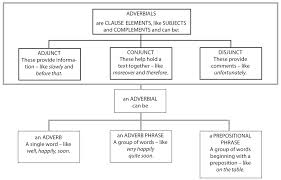记忆方法
为了记住“adverbial”,可以将其分解为两个部分:“ad-” 和 “verbial”。联想“ad-”为“附加”或“接近”的意思,而“verbial”联想到动词(verb)。想象一个“附加”在动词上的元素,它起到修饰或说明作用,那就是状语(adverbial)。这种方法通过词根意义和结构联想帮助记忆。
以上内容由AI生成, 仅供参考和借鉴
英语词源
- adverbial (adj.)
- 1610s, "pertaining to adverbs;" earlier it meant "fond of using adverbs" (1590s), from Late Latin adverbialis, from adverbium (see adverb). Related: Adverbially (mid-15c.).
权威例句
- 1. Verbs are often followed by adverbial particles.
- 动词后常常接副词。
- 2. How do you think of the second adverbial clause?
- 你怎么理解第二个状语从句?
- 3. It can serve as subject, predicate, object, attribute and adverbial modifier.
- 可以作主语 、 谓语 、 宾语 、 定语、状语.
- 4. Preposition - like adverbial particles are a special class of words in English.
- 英语中形似介词的副词小品词是一类比较特殊的词.
- 5. Clauses can have an adverbial, also called an adjunct.
- 句子还可用状语, 或称修饰语.
